When we planned a trip to Ahmedabad, visiting the Sabarmati Ashram was on the top of our agenda. And we planned to check this off our list on the first day itself. So after the walking tour of old Ahmedabad and a visit to Hutheesing Jain Temple, we took an auto to the Sabarmati Ashram, which is in a more modern and peaceful neighborhood. If you are headed there from the old Ahmedabad, you will need to cross the Sabarmati River, from which the Ashram gets its name.
The admission to the Ashram is free of charge and when we went there, it wasn't too crowded near the entrance. We were hungry as well and thought that the Ashram would probably have a cafeteria, so we headed inside. But very soon we realized that there are no cafeterias inside the Ashram, so we came back out. We spotted a nariyal-paani walah, an ice cream cart and a couple of restaurants across the road. We had one nariyal paani each and then decided that we needed more nourishment, so we also had an ice cream each. We then bought a bottle of coke from the restaurant (nothing else looked appetizing) and finished that. By now we were full and ready for a longer walk.
We went back in and were immediately struck by a sense of quiet. Somewhere at the back of the mind there was this thought this Ashram was once home to one of the greatest men India has ever seen. Bapu might be a controversial figure in many ways, but he was a great leader and managed to move masses with his simplicity and actions. This was indeed a unique place. People did not need any reminders to be silent - most were naturally awed.
The Sabarmati Ashram is right on the banks of the Sabarmati River and we were excited about all this because we had written such things in our essays on Bapu during school time. It was a weird yet touching moment to witness the river calmly flowing behind the Ashram. The entire ambience of the place was so much in sync with what we have heard about Bapu's personality.
The Ashram has a museum that gives you an overview of Gandhi's life and his philosophy and message. Some very rare and amazing photographs can be seen in this building. This is a modern building and apart from the pictures you don't get the true feeling of the Ashram until you step out of this concrete structure. However, this building also houses a life-size oil painting gallery and a huge library, which is really a treasure trove of information.
One of the most fascinating buildings in the Ashram is the Udyog Bhawan, that symbolizes dignity of labour and self-reliance. Another fascinating building is a cottage known as Magan Niwas, named after Bapu's nephew Magan Gandhi, who was named as "the soul of the Ashram". It houses many types of interesting charkhas. There are charkhas from various places and periods of history on display here. Spend some time in this room as you will not find this kind of collection anywhere else.
Apart from the Udyog Bhawan, another interesting and very important building in this complex is the Hriday Kunj, which was the home of Bapu when he stayed here with his wife Kasturba from 1917 - 1930. This building is a simple cottage, but has 6 rooms, including a guest room and a verandah. It also has Bapu's Charkha and his desk. Quite an interesting place.
Other buildings in the complex are Vinoba-Mira Kutir, Nandini, Somnath Chhatralaya, and Upasana Mandir. The Vinoba-Mira Kutir is named after Vinoba Bhave, who was hailed by Bapu as the model Satyagrahi. Vinoba Bhave stayed here from 1918 to 1921. Nandini was the guest house that housed many prominent visitors to the Ashram, such as Rabindranath Tagore, Jawaharlal Nehru, Babu Rajendra Prasad, Reginald Reynolds, ‘Deenbandhu’ C.F. Andrews, Henry Polak, and Maulana Abul Kalam Azad. The Somnath Chhatralaya has about 100 rooms and this is where students of the school and participants of various training programs stayed in community living. The Upasana Mandir is the ground where prayers were held every morning and evening. Bapu delivered his discourses on Gita here and teachings of the Holy Bible, Quran, and Gita were also discussed here.
After having explored the Ashram, we headed to the shop where one can buy souvenirs such as fridge magnets and also books. Overall, it was quite an interesting place to spend a quiet 2 hours. If you want, you can spend much more time here. You can find the ashram people sitting in the shade, meditating or praying. And all that just adds to the overall feel of the place.
If you visit Ahmedabad, we do recommend that you visit the Sabarmati Ashram once. If nothing else, it would calm you and also give you a lot of food for thought.


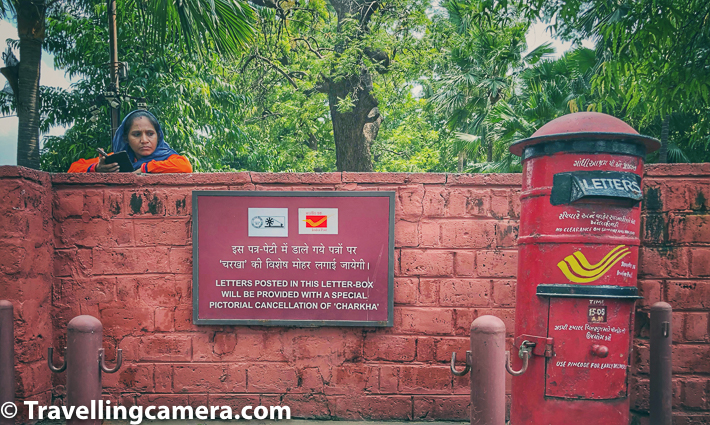
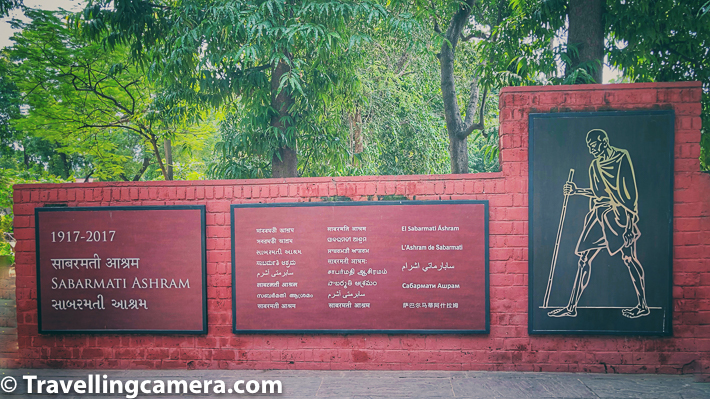
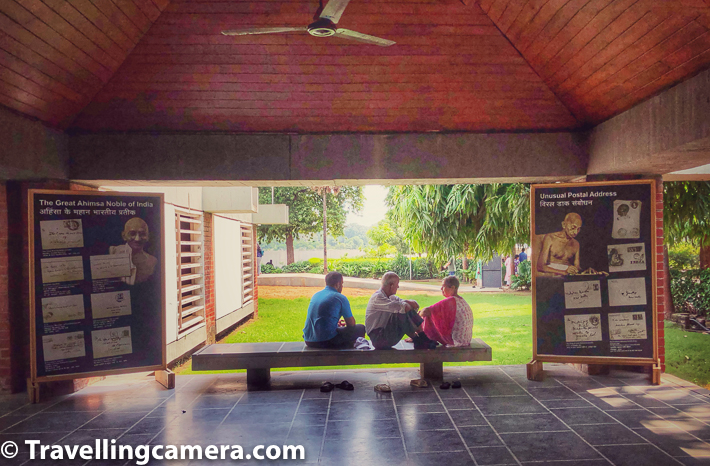

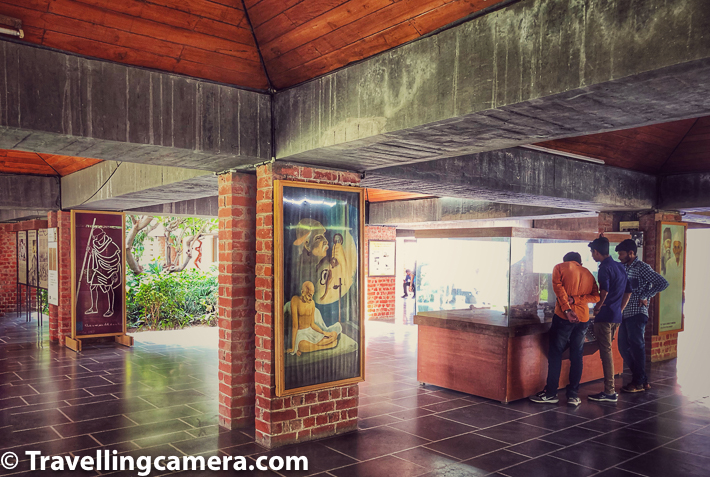
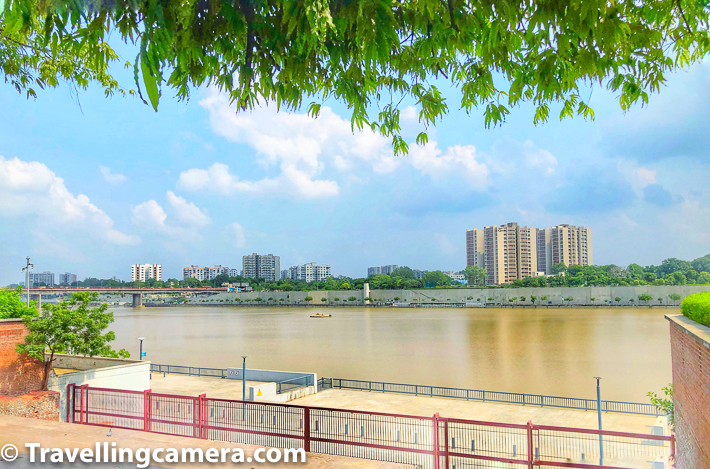
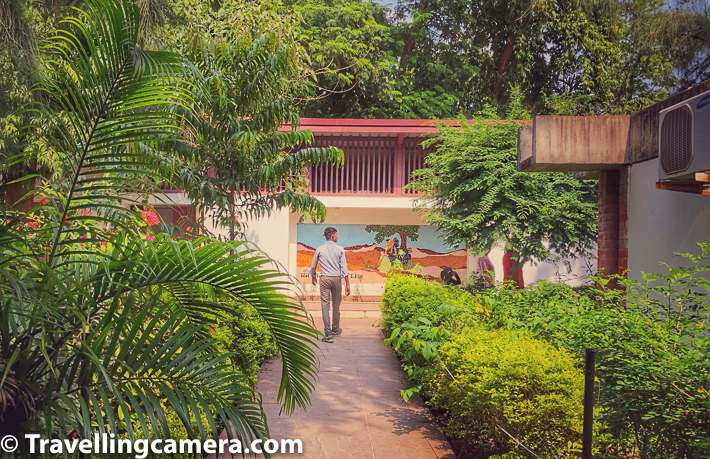

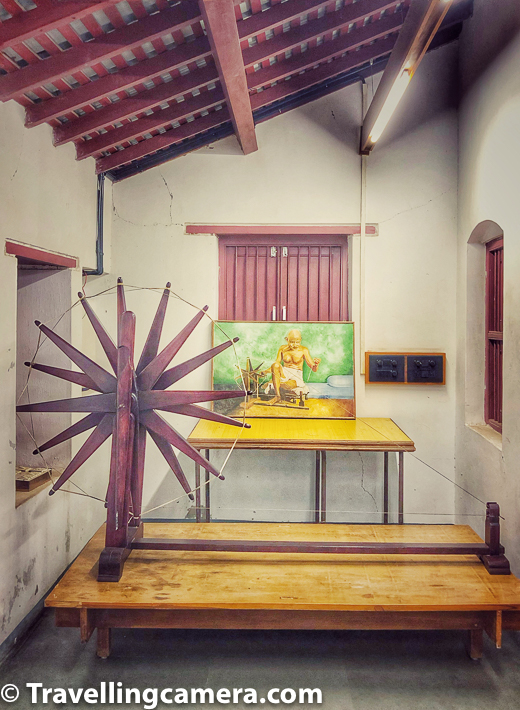

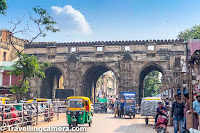
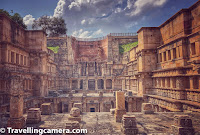

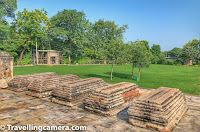
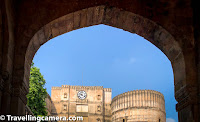




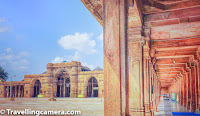

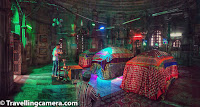

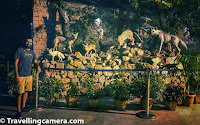

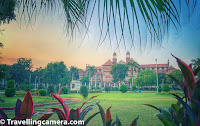
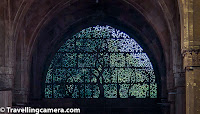
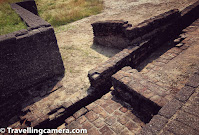

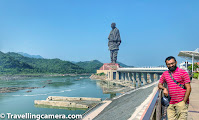

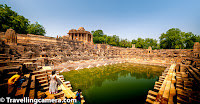

.jpg)
Comments